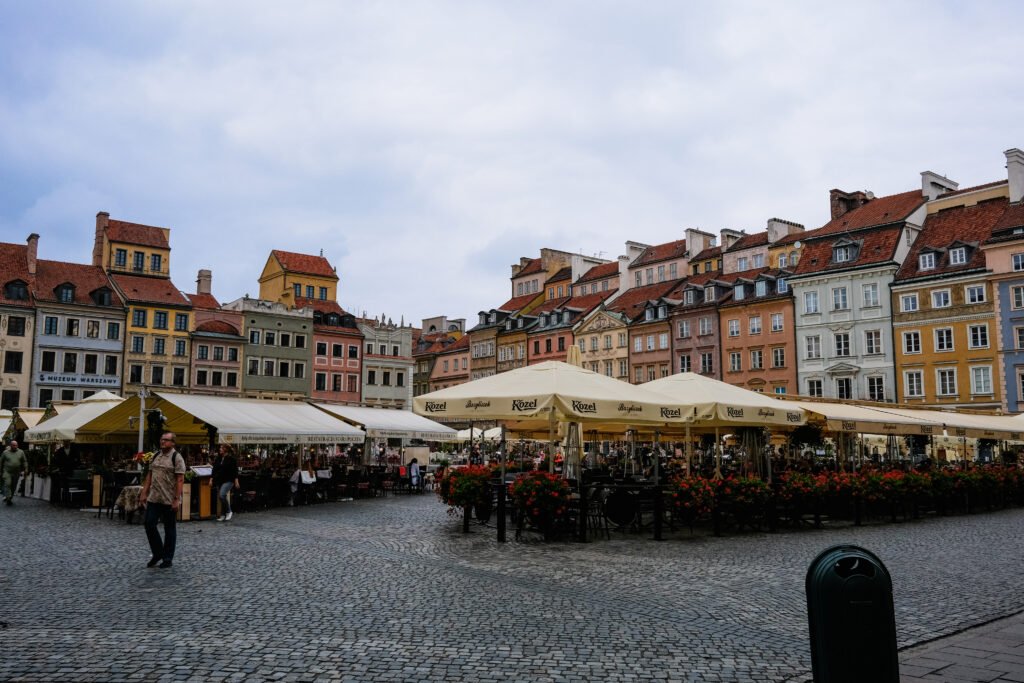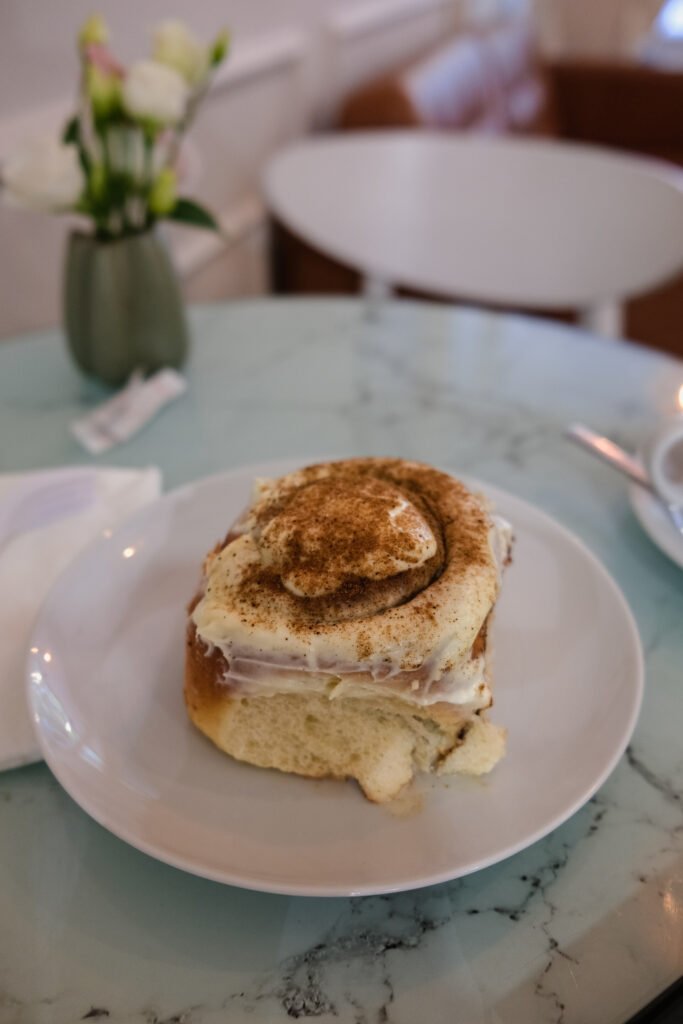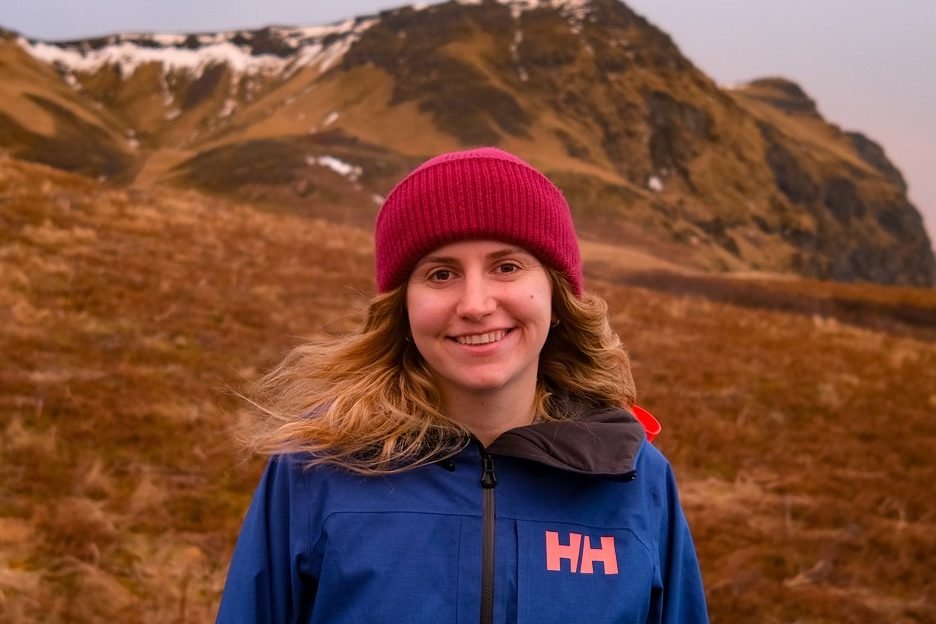


Table of Contents
Some background
We kicked off our Baltic adventure with a stop in Warsaw. I know, it might seem like a strange place to start, but we had our route carefully mapped out, and it turned out to be the most efficient way to travel. From Wroclaw, we took an easy train ride to Warsaw, spent a couple of days exploring, and then flew to Helsinki, Finland. With just 18 hours in the city, we squeezed in as much as we could before catching the ferry across the Baltic Sea to Tallinn, Estonia.
From there, our pace didn’t slow down, we hopped on a bus to Riga, Latvia, where we spent the night, and then continued on to Vilnius, Lithuania. To wrap up the trip, we boarded a night bus back to Wroclaw, with a quick transfer in Warsaw.
It was a whirlwind week, but exactly what we wanted. After our longer Krakow and Zakopane trip, we knew we didn’t want to be gone for too long. While the pace might feel rushed to some, I think it was the perfect balance of time in each city. We added Warsaw to the route because Wyatt hadn’t been yet, and it ended up being the perfect launch point for our flight to Finland.
We stayed at SafeStay Hostel, which had an unbeatable location, steps from a bus stop, about ten minutes from Old Town, and practically next to the castle. The hostel offered both dorms and private rooms, making it flexible for different travelers. The downside was the bathroom situation: just one toilet for around ten people. Thankfully, staying midweek meant it wasn’t too crowded. Overall, I’d rate it 4/5: great location and decent stay, but the bathroom setup was frustrating.
Day 1 in Warsaw: Arrival, Castle, and Monuments (9/3)
We arrived in Warsaw by train from Wroclaw, which was quick, comfortable, and easy. Train travel is always my favorite since it’s one of the few ways of getting around that doesn’t make me feel sick. When we arrived around lunchtime, the weather was gloomy and rainy, so after checking into the hostel, we decided to head straight out for lunch to escape the drizzle.


We ended up at GOŚCINIEC Polskie Pierogi, which has a few locations around the city. We were craving a traditional Polish meal, and it did not disappoint. I finally ordered hunter’s stew, bigos, a rich, savory dish with tender beef, smoky sausage, cabbage, carrots, and onions, all slowly simmered together until the flavors melded into something hearty and comforting. It was served in a bread bowl, which sounded great in theory, and while I love a good bread bowl, I found myself wishing for more stew instead of so much bread. Wyatt went for a pork dish with potato pancakes. His was good but not mind-blowing, the sauce was a little on the thin side, but the potato pancakes made up for it. I mean, when are potato pancakes ever not amazing?
The restaurant was convenient, cozy, and the food hit the spot, though I have a feeling Warsaw has even better versions of these dishes waiting to be discovered. Overall, I’d give it a 3.8/5: solid, hearty Polish food, but not quite a standout.





Next, we headed to Warsaw Castle, and lucky for us, it happened to be a free admission day, which we had planned for in advance. If you’re visiting Warsaw (or really anywhere in Poland), I highly recommend checking which days museums are free. Most of them offer at least one free day per week, and it’s such a great way to save money on your trip because museum entry fees can add up quickly.
The castle itself has an incredible story. It was completely destroyed during World War II and later painstakingly rebuilt to look just as it once did. The Polish royal court was moved here from Kraków in 1596 under King Sigismund III Vasa, marking Warsaw as the new capital. Inside, the rooms are lavishly decorated with rich reds and golds, and the walls are lined with tapestries and paintings that transport you back to the era of Polish kings. What I found especially moving were the artifacts on display, many of them had been looted during the war by the Nazis or taken by the Russians, but eventually made their way back to Poland.
If you have time, I definitely recommend a visit. The castle isn’t overwhelming, you can walk through in about 30 minutes if you’re short on time, or spend hours reading and exploring every detail. It’s also one of the best places to catch a glimpse of “old Warsaw,” since the modern city doesn’t have many areas that give you that step-back-in-time feeling.

After the castle, we wandered over to Old Town Square. Like much of Warsaw, it was almost completely leveled during World War II, with only a handful of buildings surviving. What you see today is a careful reconstruction, built to replicate what was historically significant and lost in the destruction. Compared to other Polish towns we’ve visited, Warsaw’s Old Town feels different. In places like Kraków or Toruń, the squares still carry centuries of uninterrupted history, but Warsaw’s is more of a re-creation, a reminder of resilience rather than untouched architecture.
That being said, it’s still worth a walk through. The colorful buildings are beautiful, the square is lively, and it’s a good spot to soak in the atmosphere. But personally, I wouldn’t linger too long here. The restaurants in Old Town Square tend to be overpriced and feel more like tourist traps. Instead, I’d recommend heading to Nowy Świat or Krakowskie Przedmieście, which are still central and a bit touristy but offer much better dining options and atmosphere.



Next, we visited some of Warsaw’s most important and moving monuments. Our stops included the line of the Jewish Ghetto, the Warsaw Uprising Monument, the Tomb of the Unknown Soldier, and several other memorials honoring those who gave their lives for freedom and justice. Walking among these sites was a deeply emotional experience. They serve as a powerful reminder of the heartbreaking events of World War II and the countless lives lost without reason.
What struck me most was how Poland has honored its history. The country has preserved these memories while remaining steadfast in its values. Witnessing the Polish dedication to family, community, and country was inspiring. It’s something other nations could learn from, the way they remember, respect, and continue to build their society despite such immense tragedy. This commitment wasn’t just evident in Warsaw, but throughout the entire country during our visit.


Later, we headed out for dinner at Pierogarnia Syrena Irena. On the way, we passed the Presidential Palace, which, conveniently, was right next to our hostel. The restaurant had the cozy, casual vibe of a traditional milk bar, offering hearty Polish dishes. We ordered duck and plum pierogis, sauerkraut pierogis, and stuffed cabbage rolls with meat.
The duck pierogis were fantastic. The duck was tender and pulled, almost like a pulled pork barbecue sandwich, rich, savory, and satisfying. We’ve tried duck pierogis in a few places before, and not all of them were hits, but these were definitely worth it. The plum accompaniment, though, was barely noticeable, so the dish really focused on the duck itself. I’d give it 4.5/5. The sauerkraut pierogis were decent, solid, but nothing particularly memorable, 3/5.
The stuffed cabbage rolls immediately brought me back to my childhood, reminding me of my grandma making them at home. The tomato sauce was slightly sweeter than I usually prefer, but overall, they were comforting and delicious, 4/5.
All in all, we really enjoyed the restaurant and would recommend it to anyone looking for authentic Polish flavors in a relaxed setting. 4/5 overall.
Day 2 in Warsaw: Uprising Museum, Pastries, and Local Eats (9/4)
The next morning, we dedicated our day to the Warsaw Uprising Museum. After our visit to the World War II museum in Gdansk, we realized that when it comes to big museums, it’s better to devote an entire day to fully absorb everything.



We started with breakfast at Galeria Wypieków, which had an amazing selection of pastries. We tried a raspberry, plum, and spinach pastry, and every single one was delicious! Even though it’s part of a chain, the quality was impressive. Bakeries are some of my favorite places to explore when traveling, and this one definitely delivered. 4.2/5.


After breakfast, we made our way to the Warsaw Uprising Museum. I had visited this museum ten years ago with my parents, so I already knew how impressive it was, but I was still blown away. Luckily, it was a free admission day again, which made it even better.
The museum is incredibly immersive, with a wealth of information about the uprising. For context, the Warsaw Uprising of 1944 was the largest single military effort by a civilian resistance movement during World War II, lasting 63 days as Polish fighters attempted to liberate Warsaw from Nazi occupation before the Soviet army arrived. The museum does an excellent job of bringing the history to life: there are personal testimonies from participants, detailed documents you can take around with you, and rooms designed to immerse visitors in the sights and sounds of the uprising. It’s both emotional and educational, a must-visit if you’re in Warsaw. I’d easily call it one of my favorite museums.
After spending hours exploring, we grabbed a late lunch at SaladStory, a quick, grab-and-go spot near the museum, similar to Sweetgreen. It was convenient and decent, though not remarkable, more of a business-lunch vibe.

After the museum, we wandered around Palace of Culture and Science to explore more of Warsaw. Our goal was to finally reach Nowy Świat, which had a cinnamon roll bakery I had been wanting to try. I’m not usually a huge cinnamon roll fan, I often find them overwhelmingly sweet, but Canela Bakery caught my eye, and I knew I had to give it a shot.
Even at 3 p.m., they had a wide selection of rolls, constantly baking more. We eventually decided on the tres leches cinnamon roll, and it did not disappoint. The tres leches soak made it incredibly moist and fluffy, and the frosting was a light, minimally sweet glaze rather than the usual cream cheese frosting. It was the perfect afternoon treat. Trendy bakeries can be hit or miss, sometimes they’re more Instagram-worthy than tasty, but this one delivered. Bonus points: they serve Illy coffee, which is an instant win in my book. 4/5.




Later, we were feeling pretty tired, so we relaxed a bit before heading to Bar Mleczny Mleczarnia Moliera for dinner. We had been wanting to try an authentic milk bar while in Poland. This one had been redecorated, like many modern milk bars, but the concept remains the same: the first milk bar opened in Warsaw in 1896 to serve affordable, nutritious meals, often centered around dairy products (hence the name).
We tried a variety of dishes, some not pictured like pierogis, taking advantage of the low prices. Unfortunately, the food didn’t live up to expectations. Most of it was just mediocre, and a few dishes, like the cabbage pierogis, were actually pretty disappointing. It was fun to experience a milk bar for the history and novelty, but this one wouldn’t be on my list for a repeat visit. 2/5.
To end the night, we took a stroll through Old Town Square, grabbed some lody (Polish ice cream), and reflected on our time in Warsaw. It was the perfect way to wind down and get excited for our first trip outside of Poland the next day: Finland!
To read about our adventures in Finland and the Baltic countries, check out my post here.










Leave a Reply